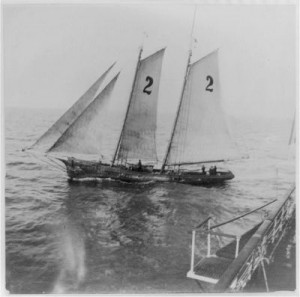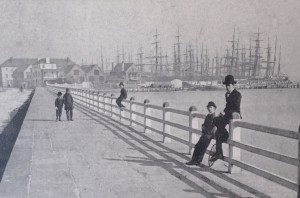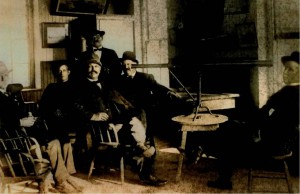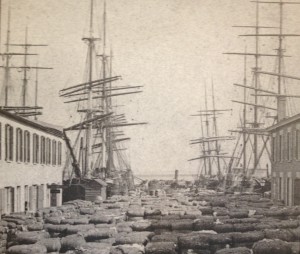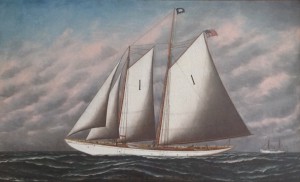Dating back as far as Ancient Greece and Rome, marine pilotage is one of the world’s oldest trades. Often referred to as “bar pilots,” these local experts use their detailed knowledge of waterways to safely navigate a visiting vessel over the sandbar offshore and to the dock. In the 1700’s and 1800’s, pilots in Charleston Harbor – much like those in the rest of the country and the world – were self-employed and competed against one another. Often racing one another in sailing vessels to the sandbar, the first man to reach the incoming ship was the one who climbed aboard and guided her in. This practice resulted in the development of effective and fast sailing schooners, including the winner of the first America’s Cup, but was inherently dangerous and ineffective.
Thus, in 1890, these early pilots banded together and the Charleston Branch Pilots’ Association was formed. Now regulated by the State to eliminate competition and increase safety, the Association used a large, modern sailing schooner to work the bar and established a central location and dock at Adgers Wharf, where the Charleston Pilots have remained since that time.
Dating back to the 1700’s, the Adgers Wharf pier remains one of the last examples of Charleston’s original docks that welcomed sailing ships from around the world. It was the heart of the peninsula’s working waterfront, with nearby warehouses overflowing with every type of cargo imaginable. In a single day in 1797, the Charleston Harbormaster documented as many as sixty-seven square rigged vessels, thirty-four schooners and sixteen sloops lined up at the docks. With much of the area now given way to private development, this location is the oldest surviving wharf, serving as an everyday reminder of the resilience of our historic community.
These early pilots used a “long glass,” or telescope to look for ships on the horizon, and communicated with signal flags, whereas today’s operation utilizes VHF radio, internet communications and AIS tracking. However, today’s pilots still board ships the same way as in the 1800’s, by means of climbing a Jacob’s ladder hung over the side of the ship.
The heart of the Charleston Pilots’ structure is the apprenticeship program, which goes back to the early “guild” system allowing for a trade to be passed down from one generation to the next. Today the apprenticeship program remains, but is a very competitive process supervised by a state commission and not reliant on family relations.
Our operation today handles 4,500 ship movements per year, and the ships have grown to be more than 20 times larger than the biggest sailing schooners of the 1800’s. Because of their depth, pilots must now meet incoming ships at almost 20 miles offshore, compared to 3 to 5 miles to bring the schooners over the sandbar. The Adgers Wharf headquarters is now home to three cutting-edge, custom built pilot boats, a 24-hour communications center and vessel maintenance facility. Technological advances and the size of ships may have changed the trade, but the knowledge and expertise of a local pilot can never be replaced, allowing marine pilotage to endure through the centuries.

